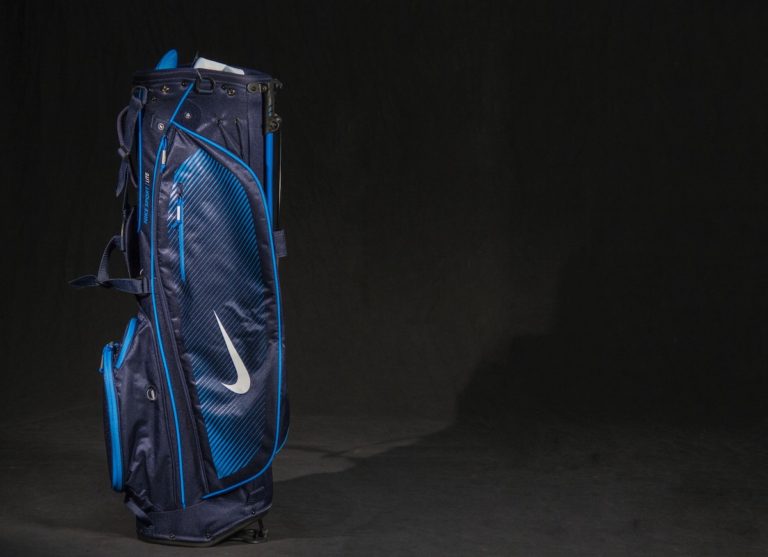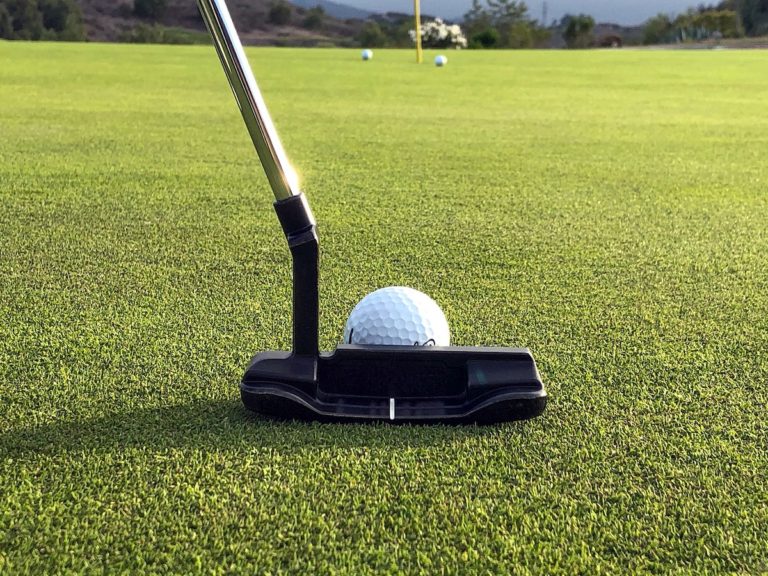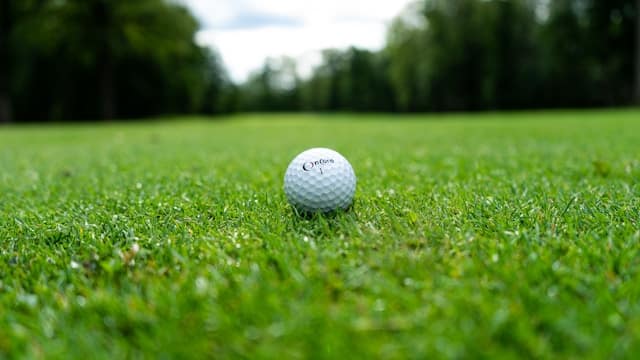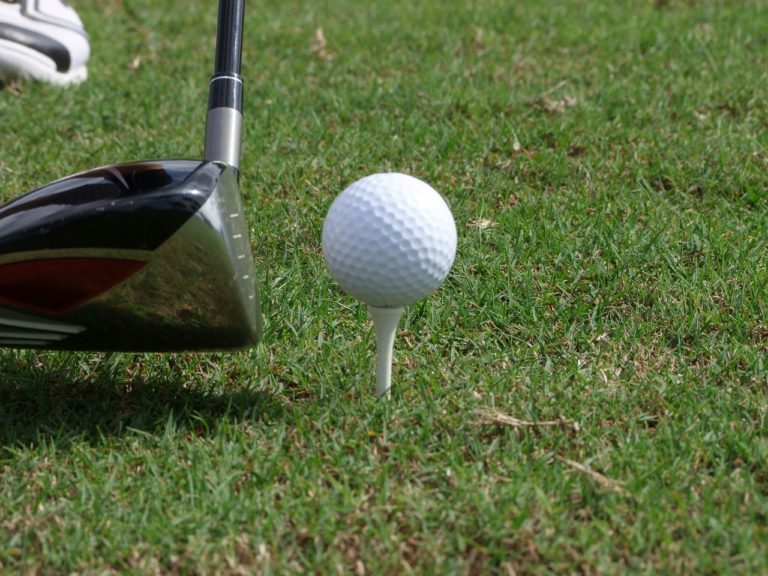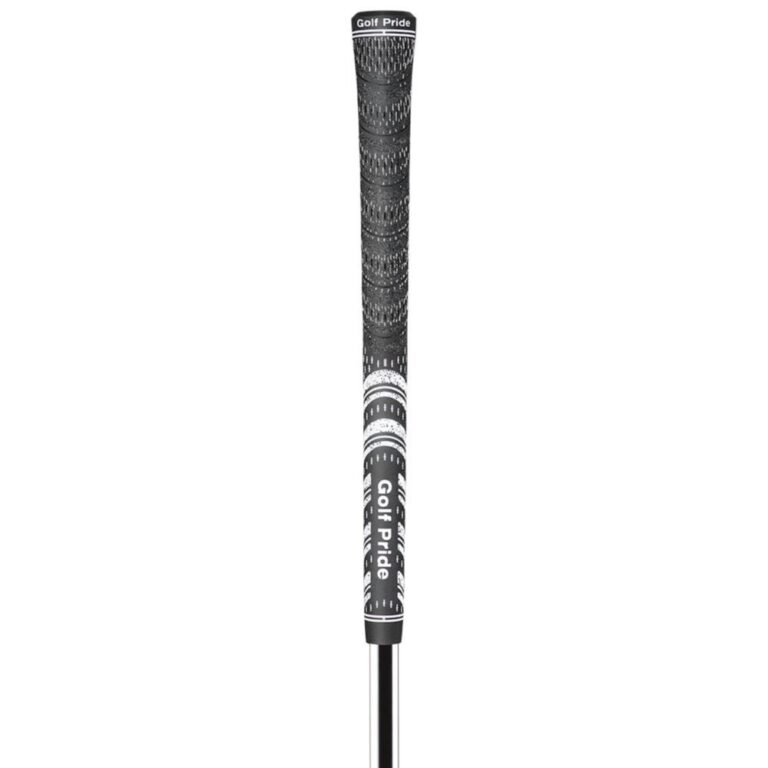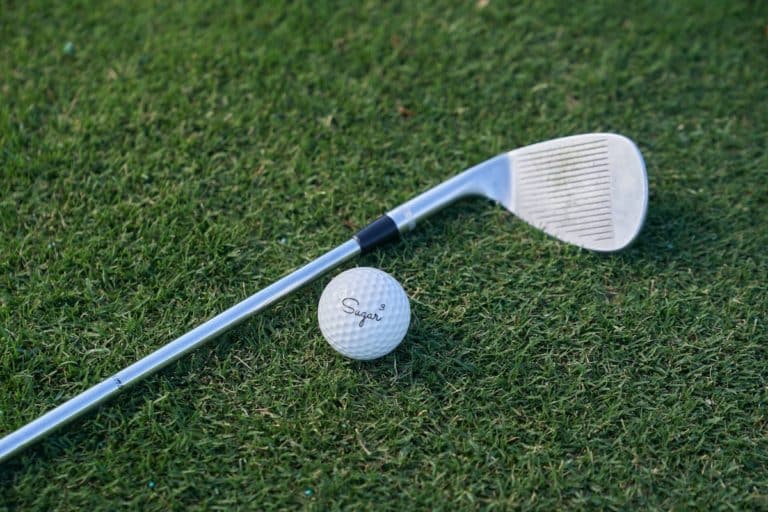One of the most important aspects of a golfer’s game is the ability to putt effectively. And a key factor to achieving this is a proper putter grip. Learning how to grip a putter will give you a more consistent and controlled stroke, allowing you to sink more putts with confidence.
But with so many different grip styles out there, how do you know which one to choose?
In this article, we’ll explore some of the most popular grip styles, their advantages and disadvantages, and whether or not putter grips truly make a difference in your golf game.
How to Grip a Putter – Common Putting Grips
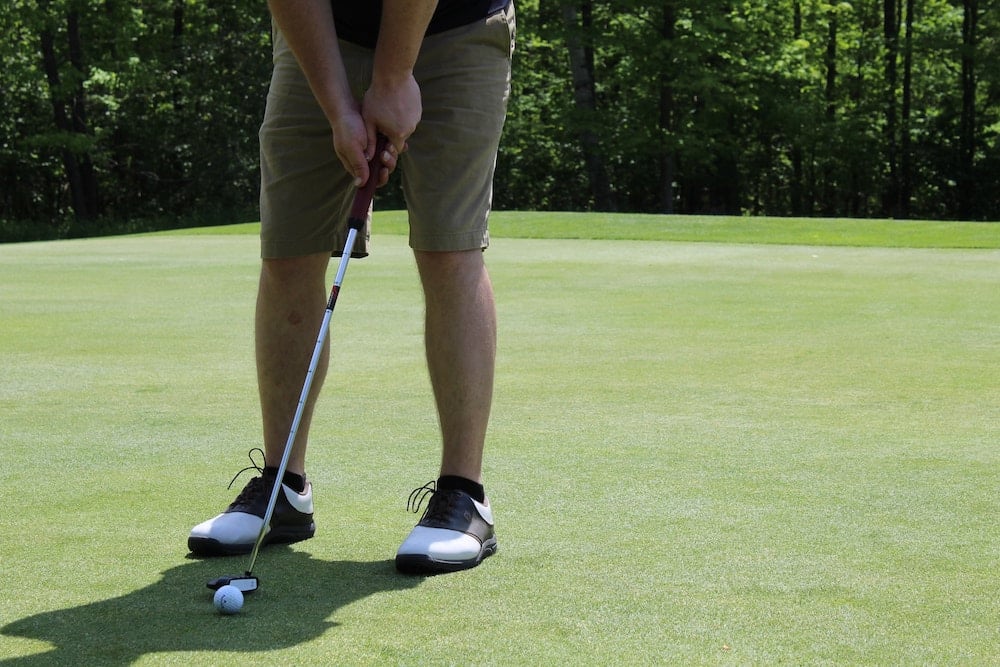
The Reverse Overlap Putting Grip
The reverse overlap grip is a traditional putting grip style that top professional golfers have used for years. We’re talking about tour favorites like Tiger Woods, Rory Mcllroy, and more.
To execute the reverse overlap grip as right-handed golfers, place your left hand on the top of the grip and your right hand on the bottom of the grip. Then, overlap your right pinky finger over your left index finger.
Advantages:
- The reverse overlap grip promotes stability and control in the hands and wrists.
- It allows for a consistent, straight back-and-forth stroke.
Disadvantages:
- Some golfers find the grip too traditional or uncomfortable.
- The reverse overlap grip can be difficult to master if you struggle to maintain your grip pressure.
Also Read: 6 Best Putters
Cross-Handed Putting Grip
The cross-handed grip, also known as the left-hand low grip, has grown in popularity in recent years, especially among younger golfers. This grip style requires placing your left hand at the bottom of the putter grip and your right hand on top.
Advantages:
- The cross-handed grip helps golfers who struggle with breaking their wrists during their putting stroke.
- It allows for smoother, more rhythmic strokes.
- Golfers who struggle to keep the putter square may benefit from the cross-handed grip.
Disadvantages:
- It can take some time to adjust to the cross-handed grip for those used to traditional putter grips.
- Some golfers may find it uncomfortable or unnatural.
The Claw Putting Grip
The claw grip is characterized by placing your left hand on the putter the same way you would with a traditional grip. Then you’ll place your right hand on the putter with your index finger and middle finger on top and your thumb toward the side. Your hands should be a couple of inches apart on the club.
Advantages:
- The claw grip promotes stability and control in the wrists, reducing the risk of unwanted wrist movement.
- It’s a comfortable grip for golfers with arthritis or hand injuries.
- It works well with longer putters.
Disadvantages:
- The claw grip can make it difficult to aim accurately for some golfers.
- There is a tendency for people to pull putts with the Claw grip.
Also Read: 9 Best Putting Tips to Improve Your Game on the Greens
Arm Lock Putting Grip
The arm lock grip style has become popular in recent years as it promotes a pendulum-like motion. To do this grip, place your putter firmly against the inside of your left forearm (for a right-handed golfer). Make sure the putter stays anchored on your forearm throughout the putting stroke.
Advantages:
- The arm lock grip helps golfers maintain the clubface for a longer period providing better control of direction.
- Your hands will always be ahead of the ball at impact.
Disadvantages:
- You might struggle to line up your putts until it becomes more natural.
- It can feel uncomfortable initially.
Prayer Putting Grip
The prayer grip, also known as the palm-facing grip, requires you to place your palms together on the putter grip with your thumbs pointing down. The putter shaft should be resting between your hands.
Advantages:
- The prayer grip minimizes wrist action and reduces unwanted movement in the hands that can lead to pushes or pulls.
- It promotes a smoother, more consistent putting stroke, resulting in as many putts sinking.
Disadvantages:
- Requires a thick putter grip so that both thumbs can rest on the putter.
Do Putter Grips Really Matter?
While there’s no clear answer, many golf professionals do believe that a proper putting grip can make a noticeable difference in your golf game. Much of this depends on finding a grip that feels comfortable and allows you to execute your preferred putting stroke consistently. The best way to determine whether a particular grip style works for you is to experiment and test it out for yourself.
The Bottom Line
To master the art of putting, your grip and technique must be at its best. With so many different putting grips out there, finding which one fits best for you may be a daunting task.
This guide was created to summarize the most popular putting grips, the advantages and disadvantages of each, and to answer the age-old question of whether putter grips really matter.
To improve your putting, find a grip that fits your style and will give you the confidence to sink more putts on the green.
Sean’s parents first put a golf club in his hands at the age of 8. He immediately fell in love with the game of golf. Today he’s passing on that love to his own kids.

